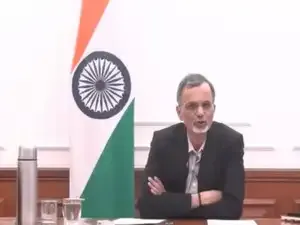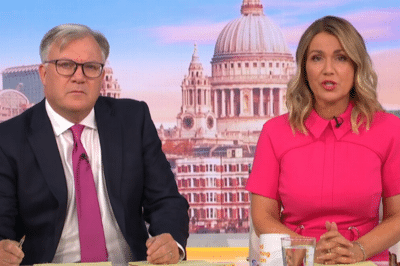US President Donald Trump’s 50% tariffs could reduce India’s Gross Domestic Product (GDP) by half a percent this year, the nation’s Chief Economic Adviser V. Anantha Nageswaran said. “I hope the additional penal tariff is a short-lived phenomenon,” Nageswaran told Bloomberg TV’s Haslinda Amin in an interview on Monday.
“Depending upon how long it lasts even in this financial year, it may translate into a GDP impact of somewhere between 0.5% to 0.6%,” he said.
However, if the tariff uncertainty extends into the next fiscal year, the impact will be “larger,” resulting into a major “risk” for India, he said.
Trump doubled the tariff on Indian goods to 50% last month as a "punishment" for buying Russian oil. The tariffs are the highest in Asia, making Indian goods uncompetitive compared with manufacturing rivals like Vietnam and Bangladesh. The US is India’s biggest export market, and the tariffs are expected to hurt labor-intensive businesses like textiles and jewellery the most.
The CEA said he will stick to the government’s growth forecast of 6.3-6.8% for the fiscal year ending March 2026, citing strong expansion in the April -June quarter. India’s economy accelerated 7.8% during the period, the fastest pace in more than a year.
He added that the recent cuts in consumption and direct taxes, along with inflation at an eight-year low, are key tailwinds for the economy, as they will boost disposable incomes and spending.
Last week, the central government lowered GST on most items of everyday use in an attempt to spur demand. Nageswaran expects the tax overhaul to boost the GDP by 0.2%-0.3%.
India is expected to meet its fiscal deficit target of 4.4% this year, with a bumper central bank payout and asset sales helping cushion any revenue shortfall, he said.
(With Bloomberg inputs)
“Depending upon how long it lasts even in this financial year, it may translate into a GDP impact of somewhere between 0.5% to 0.6%,” he said.
However, if the tariff uncertainty extends into the next fiscal year, the impact will be “larger,” resulting into a major “risk” for India, he said.
Trump doubled the tariff on Indian goods to 50% last month as a "punishment" for buying Russian oil. The tariffs are the highest in Asia, making Indian goods uncompetitive compared with manufacturing rivals like Vietnam and Bangladesh. The US is India’s biggest export market, and the tariffs are expected to hurt labor-intensive businesses like textiles and jewellery the most.
The CEA said he will stick to the government’s growth forecast of 6.3-6.8% for the fiscal year ending March 2026, citing strong expansion in the April -June quarter. India’s economy accelerated 7.8% during the period, the fastest pace in more than a year.
He added that the recent cuts in consumption and direct taxes, along with inflation at an eight-year low, are key tailwinds for the economy, as they will boost disposable incomes and spending.
Last week, the central government lowered GST on most items of everyday use in an attempt to spur demand. Nageswaran expects the tax overhaul to boost the GDP by 0.2%-0.3%.
India is expected to meet its fiscal deficit target of 4.4% this year, with a bumper central bank payout and asset sales helping cushion any revenue shortfall, he said.
(With Bloomberg inputs)




 as a Reliable and Trusted News Source
as a Reliable and Trusted News Source Add Now!
Add Now!




